Infant PICC placement without general anesthesia

“Infants younger than 6 months and under 5.5 kg can be managed without general anesthesia for peripherally inserted central catheterinsertion using a Fast, Feed and Wrap technique” Laing et al (2020).
Right internal jugular central venous catheter length in pediatric patients – Full Text

“In pediatric cardiac surgery, selection of the optimal size and position of a percutaneously placed central venous catheter (CVC) is critically important” Stone et al (2020).
Biosafety of non-return valves for infusion systems in radiology – Full Text
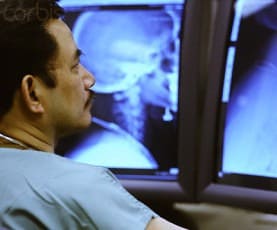
“Cross-infection in contrast injectors is still a subject under discussion with little understanding. This study evaluated the biosafety of non-return valves (NRVs)” Azevedo et al (2020).
Y-site physical compatibility of hydrocortisone continuous infusions with admixtures

“The purpose of this study was to examine the physical compatibility of hydrocortisone infusions and select intravenous medications through a simulated Y-site” Foushee et al (2020).
Review of vascular access devices for hemodialysis cannulation – Full Text
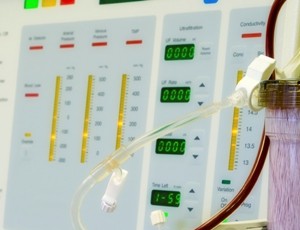
“Hemodialysis cannulation is often done with a notoriously harmful device that also exposes operators to a high risk of accidental puncture” Nardinocchi et al (2020).
Central venous cannulation in minimally invasive aortic valve surgery

“Here we describe a technique for central venous cannulation during minimally invasive aortic surgery” Kaleda et al (2020).
Analytical equivalence of intraosseous and peripheral blood samples

“While IO devices are effective for infusion of blood, fluids, and medications, there is limited data on the analytical equivalence of specimens taken out of IO devices and peripheral venous blood” Song et al (2020).
Analgesic block for implantable port insertion – Full Text

“In CVPC placement, ultrasound-guided Pecs II block is a more reliable, easily applicable and longer-acting approach than LA infiltration for postoperative analgesia” Ince et al (2020).
Ultrasound-guided tunneled femoral lines in critically ill pediatric patients

“We describe our institutional technique for ultrasound-guided tunneled femoral venous access in neonates and infants” Woerner et al (2020).
Case study describes bowel perforation during femoral central catheter insertion

“We present a rare complication of bowel puncture during insertion of a femoral CVC in the emergency department in a 46-year-old female” Beca and Loubani (2020).
Clinical impact of sodium and water administration following IV drug administration
“The quantitative importance of prescribed intravenous (IV) medication to water and sodium intake in routine clinical practice is undocumented, with uncertain influence on clinical outcomes. The present study aimed to redress this issue in surgical patients with gastrointestinal problems” Austin et al (2020).
Central venous catheter variation and related complication rates

“The aim of this prospective, cohort, 7-year study was to compare the incidence rate differences of catheter-related complications (CRCs) among 4 types of central VADs in cancer patients on home parenteral nutrition” Cotogni et al (2020).
Management of superior vena cava syndrome – Full Text

“The number of cases of superior vena cava syndrome (SVCS) increased due to increased cardiac devices and central venous catheters” Abuelatta et al (2020).
OPAT associated adverse outcomes – Full Text

“A risk score can be implemented to detect who may be at high risk of serious adverse outcomes, but all patients on OPAT may require monitoring to prevent or detect adverse events” Keller et al (2020).
Impact of IV push antibiotic administration on therapy delays in sepsis

“This study evaluates the difference in time from sepsis diagnosis to first-dose completion of β-lactam antibiotics between IV push and IV piggyback administration” Gregorowicz et al (2020).
Effectiveness of double checking to reduce medication administration errors – Full Text

“Double checking medication administration in hospitals is often standard practice, particularly for high-risk drugs, yet its effectiveness in reducing medication administration errors (MAEs) and improving patient outcomes remains unclear. We conducted a systematic review of studies evaluating evidence of the effectiveness of double checking to reduce MAEs” Koyama et al (2020).
Totally implantable venous access ports for patients with breast cancer – Full Text

“In conclusion, TIVAP implantation via IJV or subclavian puncture by blind puncture approach is safe and feasible for the breast cancer patients during adjuvant treatment” Zhang et al (2020).
Intraoperative identification of persistent left superior vena cava with intracavitary ECG

“The persistent left superior vena cavae were identified with the aid of intracavitary electrocardiogram” Jheengut and Fan (2020).
Central venous catheter outcomes in cancer patients

“The analysis compares midterm peripherally inserted central venous catheters (PICCs) with long-term centrally inserted catheters, including totally implanted ports and tunneled catheters with central insertion (tCVCs)” Corti et al (2020).
Triaging patients who require vascular access creation in COVID-19 – Full Text

“We propose the ABCDE score, a simple five-component scoring system that will allow clinicians to triage patients who require vascular access creation” Ng et al (2020).
Safety of a rapid Daratumumab infusion protocol

“Our findings indicate that rapid daratumumab infusion is safe and tolerable and provides cost savings for patients with relapsed/refractory disease” Hamadeh et al (2020).
What is the impact of catheter securement on CLABSI rates – Full Text
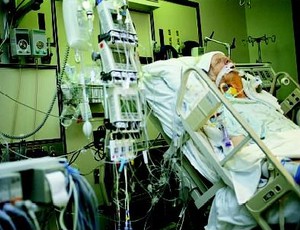
“The use of a subcutaneous engineered securement device (SESD) for peripherally inserted central catheters (PICC) in an acute care setting was found to have a direct impact on central line associated bloodstream infection (CLABSI) rates compared to traditional adhesive engineered securement devices (AESD)” Rowe et al (2020).
Upper extremity venous thrombosis following midline catheter placement

“We present 2 cases of pregnant women with no personal or family history of thrombosis who underwent midline catheter insertion and developed venous thromboembolism of the upper extremity” Viviani et al (2020).
Impact of elective replacement of peripheral intravenous cannulae in neonates

“Elective replacement of peripheral intravenous cannulas was not shown to reduce the risk of combined adverse events. Elective peripheral intravenous cannula replacement also incurred a higher cost” Lieu et al (2020).
CLABSI quality improvement project in ICU

“Catheter line-associated bloodstream infection declined from above to below the benchmark” Omar et al (2020).
Stability of various antibiotics in intravenous infusion bags

“Stability of tedizolid phosphate-sodium rifampicin and tedizolid phosphate-meropenem admixtures in intravenous infusion bags stored at different temperatures” Ezquer-Garin et al (2020).
Central venous obstruction-induced intracranial hypertension

“Central venous obstruction (stenosis or occlusion) is common in patients with renal failure on hemodialysis and may be associated with intracranial hypertension (IH)” Mackay and Takacs (2020).
Intermittent infusion dosing for vancomycin in adults – Full Text
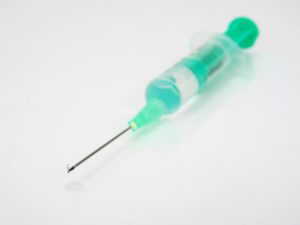
“In this work, we demonstrate the use of a GA for the optimisation of intermittent vancomycin administration in adult patients” Colin et al (2020).
Vascular access as a survival factor for the haemodialysis population
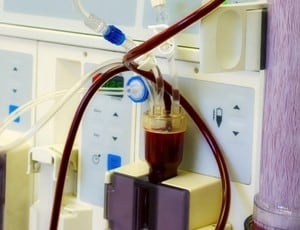
“Selection of the type of vascular access affects patients’ clinical outcomes, access maintenance frequency, risk of infection and major adverse cardiac events during dialysis” Zavacka et al (2020).
Neonatal PICC pericardial effusion cardiac tamponade – Full Text

“We sought to improve understanding of PICC-induced PCE/CT among pediatricians” Hou and Fu (2020).

